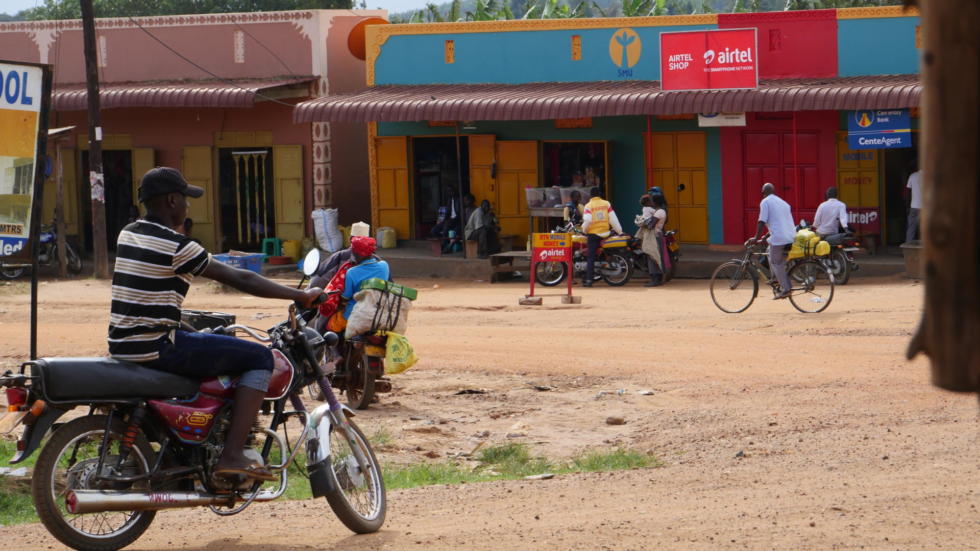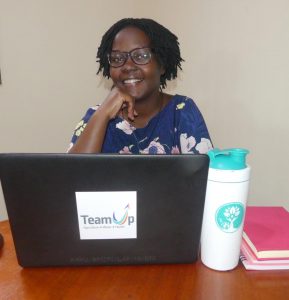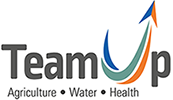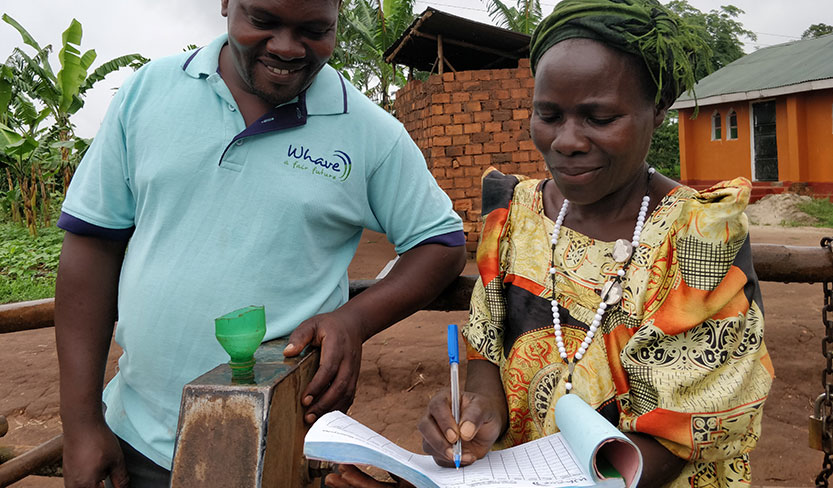
Exploiting the role of Communication for Development during COVID-19
Two important elements in the work of Hanns R. Neumann Stiftung (HRNS) are proximity and collaboration. Proximity to farmer communities came to a sudden stop due to the Coronavirus pandemic and collaboration with partners (which usually also takes place with proximity) needed to take new avenues as well.
Shifting project implementation and collaboration from physical contact to digital solutions should not stop at webinar platforms or with phone calls. The COVID-19 crisis is the time in which development cooperation can explore the potentials Communication for Development is offering. One example of what is possible, shows the TeamUp program in Uganda. A collaboration of HRNS, Siemens Stiftung, Deutsche Stiftung Weltbevölkerung (DSW) and the German Federal Ministry for Economic Cooperation and Development (BMZ). The program aims to reach 50.000 youth in the rural areas of Mityana district. Key to this program is that the partners work closely together and combine their different expertise in Agriculture, Water and Health within one joint approach – on site implemented by HRNS Uganda, Action 4 Health Uganda and Whave Solutions. Collaboration and proximity at its best.
Shifting to Radio to inform youth
In Kampala, Monica Basemera is coordinating the communication activities for this program: “We are working with young people here in Uganda and they have a high demand for information. So, from the beginning of the program we elaborated a lot on communication. With COVID-19 the personal contacts got interrupted and additional ways of reaching the youth became important for us.”

Mityana is a widespread rural district. Internet or power coverage is often low or weak. Youth can hardly afford airtime for their phones or do not have smartphones. “That’s when radio came in”, tells Monica. Radio remains one of the most important communication channels – not only in Uganda. The local TeamUp partners setup a working group and cooperation with the local radio station SUN FM in Mityana. 60% of the station´s listeners are between 15-30 years old in an area with 6 million potential listeners. In comparison to other stations, SUN FM is also reaching the most rural areas in the district. A weekly 60 minutes radio show was designed as sponsored editorial content and went on air within two weeks. “We have two main goals with this show”, elaborates Basemera.
“Keeping the community up to date about the development of the Coronavirus pandemic and how everyone can protect oneself. And we needed to react to the needs of the youth in this situation and to continue our program work over the air.” Radio now adds to the other activities that shifted to individual or digital contacts and with the flow of information supports the continued implementation of the program – for a much broader audience.
“There are a lot of activities that we of course cannot manage through the radio like coaching existing youth groups. But the radio is the perfect instrument to get most important and urgent general messages out.” – Monica Basemera.



